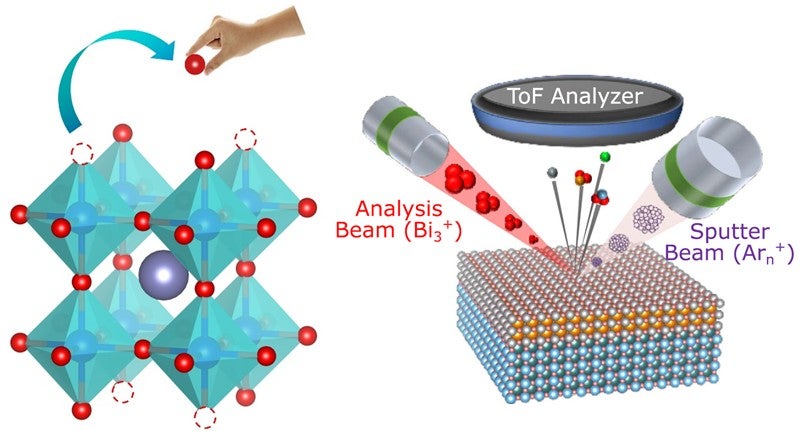Nickel-based superconductors are distinct from conventional hydrogen-based superconductors
March 07, 2025Physicists from the National University of Singapore (NUS) have synthesized very pure superconducting materials and redefined the critical role of hydrogen in the newly discovered nickel-oxide superconductors.
Superconductivity is an exciting phenomenon where electrical resistance disappears, and it holds transformative potential for revolutionising energy technologies. Despite its potential, the origin and fundamental mechanism of superconductivity remain one of the greatest mysteries in physics. More than a century after the discovery of superconductivity, only a subgroup of superconducting materials, mainly elemental metals and hydrogen-based compounds, can be explained using the Bardeen-Cooper-Schrieffer (BCS) theory of superconductivity, which was awarded the Nobel Prize in Physics in 1972. However, there exists a large group of superconducting materials classified as “unconventional superconductors” in which their superconducting mechanism cannot be explained by this theory. The recently discovered nickel oxide superconductor is one such example.
In a recent study published in the journal Nature, researchers proposed that hydrogen plays a key role in nickel oxide superconductivity. Using an ionic detection technique known as the secondary ion mass spectrometry which measures the concentration of hydrogen, the researchers suggested a link between hydrogen and superconductivity, attributing the phenomenon to mechanisms consistent with the BCS theory.
A research team led by Professor Ariando from the Department of Physics at NUS in two independent efforts with various international collaborators (Agency of Science and Technology and Research (A*STAR) in Singapore, National Institute of Standards and Technology (NIST), Harvard University, University of Southern California, Arizona State University, and Cornell University from the United States of America) synthesized very pure superconducting nickel oxide samples to reexamine the role of hydrogen in nickel oxide superconductors. Contrary to the previous findings reported in Nature, Prof Ariando’s team and collaborators conclusively demonstrated that there is an insignificant presence of hydrogen in the pure nickel oxide materials. They also established that there is no correlation between hydrogen and superconductivity.
Their findings were published concurrently in the journals Nature Communications and Physical Review Letters.
One of the authors, Mr Lin Er CHOW, a PhD student said, “Surprisingly, hydrogen is not even abundantly present in pure superconducting nickel oxide. This observation suggests that hydrogen does not play an important role in the origin of superconductivity in these materials.”
“These findings help guide the research direction towards understanding the fundamental superconducting mechanism of the high critical-temperature unconventional superconductors,” added Prof Ariando.

The figure shows (left) the topotactic reduction process via oxygen atom removal using calcium-hydrate for achieving superconductivity. This method is used in the experiments for the synthesis and characterisation of superconducting nickelate films. (Right) Ion mass spectrometry measurements of thin film nickelates for detecting hydrogen after the topotactic reduction process. [Credit Nature Communications]
References
S Zeng, et al. “Origin of a Topotactic Reduction Effect for Superconductivity in Infinite-Layer Nickelates” Physical Review Letters 133, 066503 DOI:10.1103/PhysRevLett.133.066503 Published: 2024. (Editors’ suggestion)
PP Balakrishnan, et al., “Extensive hydrogen incorporation is not necessary for superconductivity in topotactically reduced nickelates” Nature Communications 15, 7387 DOI: 10.1038/s41467-024-51479-3 Published: 2024.


